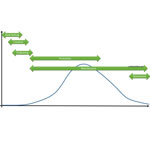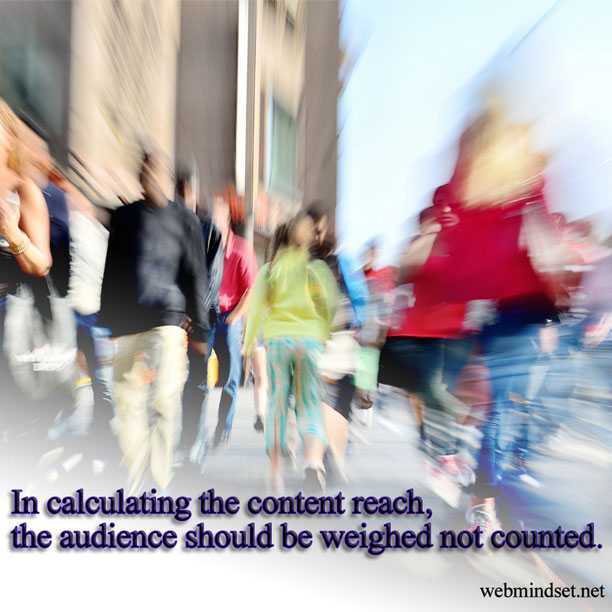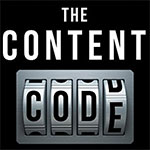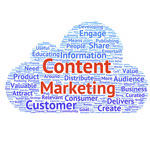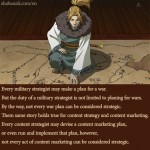In the definition of the content strategy, I used the term content life cycle for the first time. If you be already familiar with the product life cycle concept, would not be hard to understand the concept of the content life cycle.
However, as there are significant differences between the content as a product with other physical products, would be helpful to take a more detailed look at the concept of the content life cycle.
Various models are proposed for the content life cycle. But what I describe here is a modified six stage model inspired by Hilary Marsh and developed based on the concept of product life cycle.
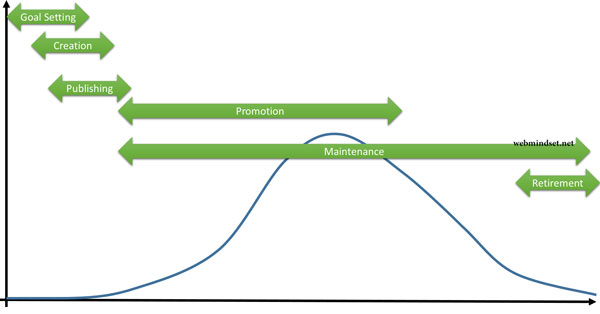
The first stage: Conception
At this stage, you have not created the content yet. But you know (or feel) that you need to publish something.
There’s a crucial question to ask yourself before creating and publishing every piece of content: Why we are going to create it?
Although we always have some reasons in mind, the best way would be putting all these points on the paper and thinking about them explicitly.
To get some ideas, here you can some of the most popular reasons for creating a piece of content:
- Making sure that your business in found on google and other search engines
- Personal branding or corporate branding
- Targeting specific keywords
- Introducing or re-introducing other contents and URLs
- Trying to find new audiences
- Converting the audiences to potential customers
- Converting potential customers to the real customers
- Increasing satisfaction of our current customers or decreasing their dissatisfaction level
- Encouraging current customers to use our product more than before
The second stage: Creation
At this stage, your content is still under development.
You might try to create original in-house generated content or curate relevant contents from other sources.
While you are thinking about the message of your content for your target audience, don’t forget to optimize your content for search engines.
Sure you have to consider the audience as the first priority. But it won’t help if they can not find your article on the web.
The third stage: Publishing
Any content is designed and created to be published somewhere and to be read by some audiences.
Here you have to choose between available channels. There are many factors that can influence your choice:
- Channel Reach
- Channel Cost
- Channel Conversion
- Personas of the channel audiences
Tip: Channel conversion and channel reach to the target audience, is not necessarily correlated with channel cost. Channel cost just indicates the demand and the demand is subject to user perception rather than visitor conversion.
The fourth stage: Promotion
Now we must make sure that the content is exposed to the majority of the target audience.
There are many choices available for content promotion:
- Asking other publishers to introduce your content or to republish it.
- Using PPC advertisement
- Sharing your content via social media
- Providing backlinks for your content from other parts of your website
Sure, even without all the above-mentioned promotion channels, search engine crawlers will find your content and provide it. As they are looking for the best interest of their clients, they will never miss a helpful piece of content,
However, with promotion, we mean trying to reach the customers in the shortest possible time. Especially when your content is not evergreen, and it has a short lifespan.
Generally speaking, there are two different type of promotion channels available for most of the digital contents:published on the websites, there are two different categories of promotion strategies: on-site and off-site.
- on-site (e.g. banners, articles, specific landing pages)
- off-site (e.g. newsletters, RSS Feeds, search engines, social media)
Tip: Here lies a simple yet crucial point that is often forgotten by content marketers. The content has to be promoted for the target audience.
It’s easy to understand that the content targeted to the relevant audience, will have a longer lifespan and most times, less delivery cost.
The fifth stage: Maintenance
Even the most relevant content will not stay relevant forever.
You need to recheck the content relevance from time to time.
Therefore, the relevance check is considered as one of the most important aspects of content maintenance.
At the same time, you have to regularly measure and evaluate performance of your content. You may need to edit it because of the latest changes in the search engine algorithms, or to adapt it to the newer contents you have published.
Checking the weekly (or monthly) reach, engagement, virality, conversion rate and other similar factors would also provide you with helpful maintenance clues.
The content maintenance policy can be one of the most crucial competitveness factors in today’s oversaturated content market.
The sixth stage: Retirement
No content will live forever.
Every content has an expected life and sooner or later it will be of no use, or at least its maintenance cost woud exceed its benefits.
There are a few choices for retiring a piece of content:
- Deleting and forgeting the content or blocking the public access to the content
- Archiving the content and letting the others reach it, but explicitly stating that the content is considered outdated and you accept no liability for it.
- Disassembling the content into a few parts, dismissing useless compontents and reusing the useful parts.
